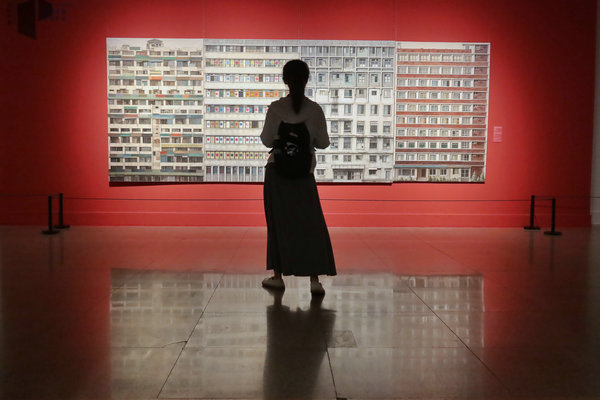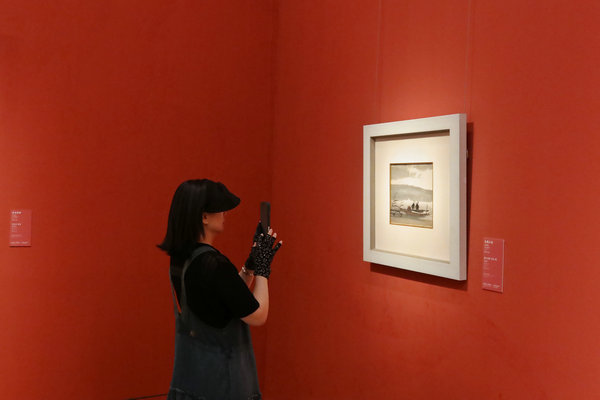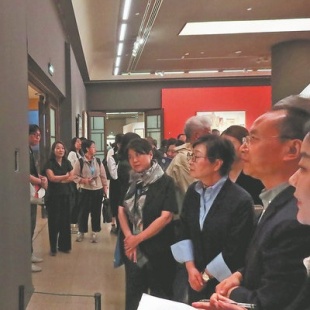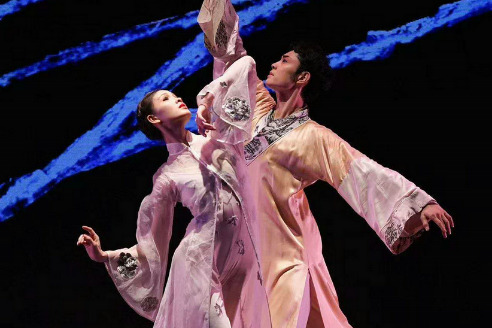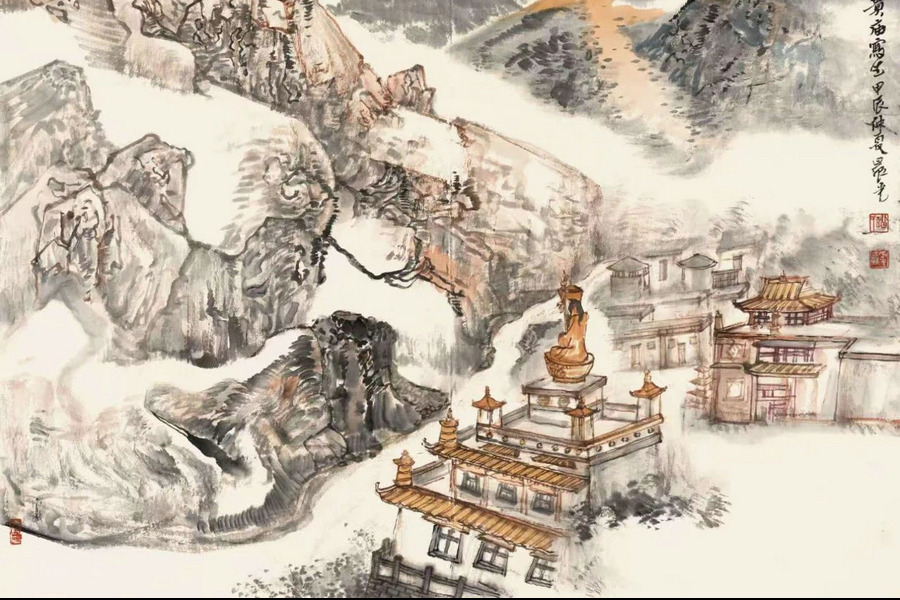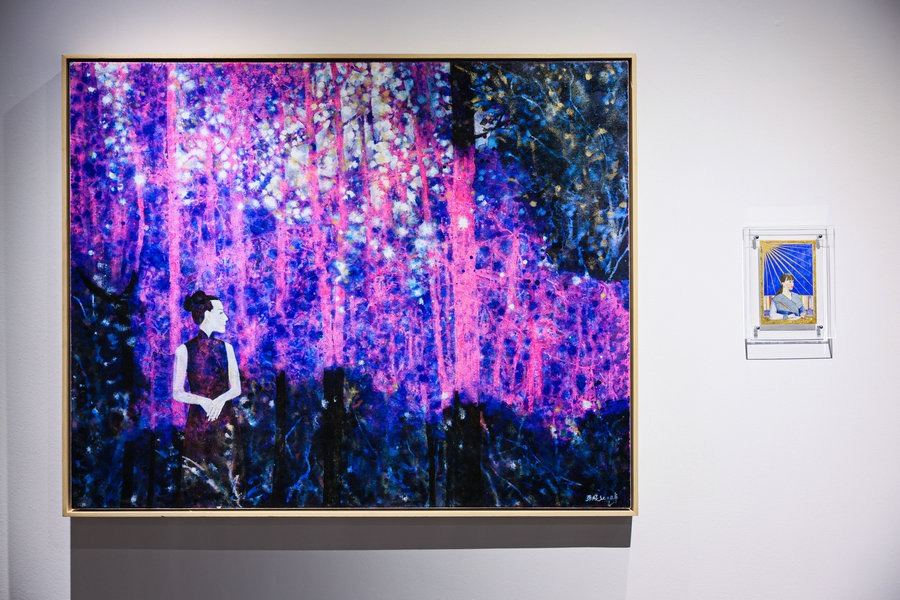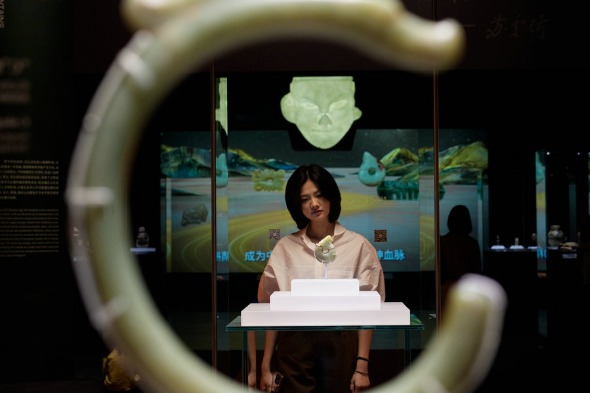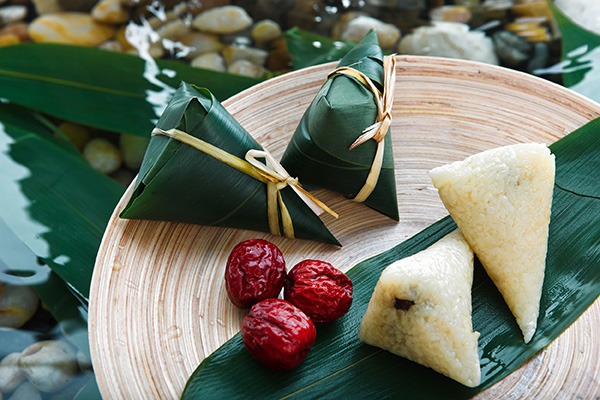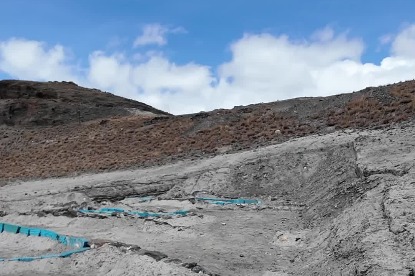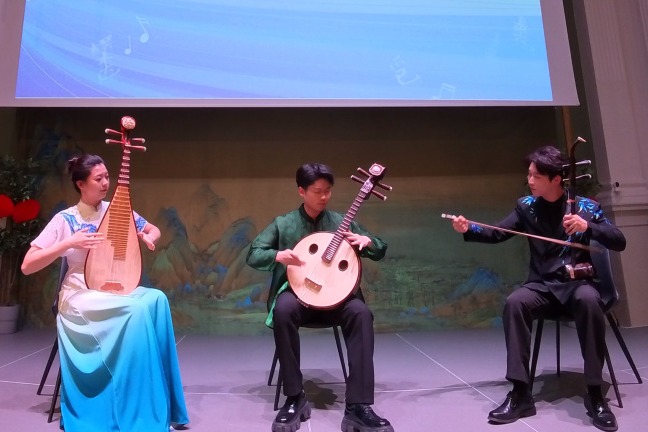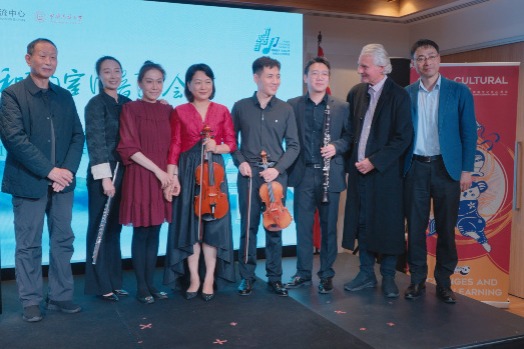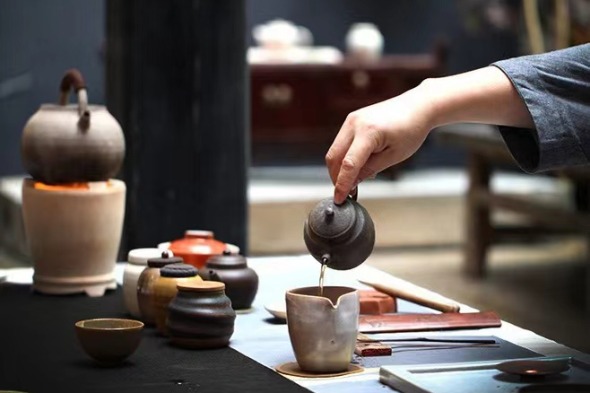China and ROK bond over ink traditions

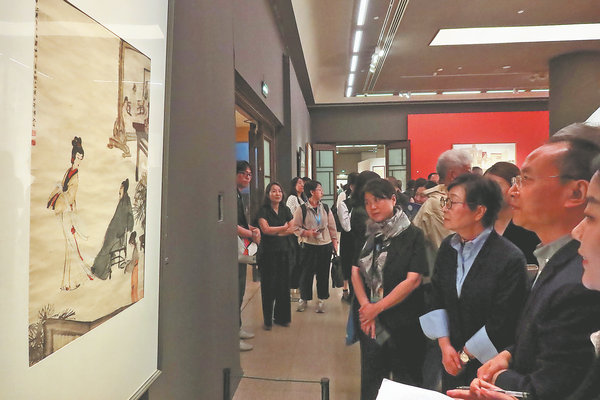
After earning rave reviews in Seoul, an exhibition of ink works by modern Chinese and South Korean artists has arrived in Beijing, at the National Art Museum of China, celebrating the two neighboring countries' shared passion for deepening the cultural meaning of ink art.
The Modern and Contemporary Ink Art of the People's Republic of China and the Republic of Korea, at the Beijing museum until Aug 11, gathers 120 works by dozens of artists who have introduced reforms in the realm of ink to enliven this long-standing art tradition in the 20th and 21st centuries.
Part of the exhibits are from the collections of the Beijing museum and National Museum of Modern and Contemporary Art, Korea. The exhibition was first opened in December 2024, at Deoksugung, a historical landmark in Seoul and one of the South Korean museum's four major establishments, and concluded in February.
It is one of the events marking the years of 2025 and 2026 — both designated as the China-Japan-South Korea Cultural Exchange Year.
Wu Weishan, then director of the Beijing museum when the exhibition opened, says ink art has been an important medium of communication and exchanges between China and South Korea, and a shared pursuit of highly individualized expressiveness through ink has helped open up new cultural dialogues between the two sides.
"While layering ink shades, of varying density, artists in China and South Korea are carrying on the lineage of Eastern cultural spirit, and seeking more renovated presentations of the art form also as a philosophical expression," he says.
Artists have been updating traditional ink painting genres like landscapes, flower-and-bird, and figures. At the same time, they are exploring both figurative and abstract styles of modern art. With a bold and innovative spirit, they're also using new materials — such as fabric, stone, and straw — to bring a fresh perspective to their work.
Kim Sung-hee, director of the South Korean museum, says the exhibition allows the audience to see how artists of the two countries have developed, respectively, aesthetic preferences in different social and cultural contexts.
She says it will be for visitors a journey to rediscover ink, and to feel the depth and diversity of artistic accumulations in East Asia.
For Korean painter Hur Jin, ink is not only a medium he has worked with for some four decades but also a family lineage. His work at the exhibition, Samsara 2, an experimental piece marked by a strong contrast of colors and a surrealist composition, is on show along with Suburbs of Mokpo, a peaceful landscape painting of his late grandfather Heo Geon, a leading figure in the realm.
Suburbs of Mokpo is one of the two paintings shown in the exhibition's poster. The other is Wisteria Vines, a work of Wu Changshuo (1844-1927), a prominent reformer of ink art.
Hur Jin partly lost his sense of hearing in childhood. He says the ink and paper allow him to express his distinctive experiences and create a world of his own.
"My career spanning four decades has helped me understand even deeply the concept of 'qiyun shengdong (the motion of life through spiritual resonance)'," he says, adding that this aesthetic rule proposed by Xie He, the Chinese painter and art theorist living in the Southern and Northern Dynasties (420-581), applies to all forms of art.
Niu Kecheng, Chinese painter featured in the exhibition and a senior researcher of Chinese National Academy of Arts, says the event offers a chance to see how artists from both countries have embraced the challenges of their times — bringing tradition into a modern context and allowing Eastern values to engage with a globalized environment.
linqi@chinadaily.com.cn
